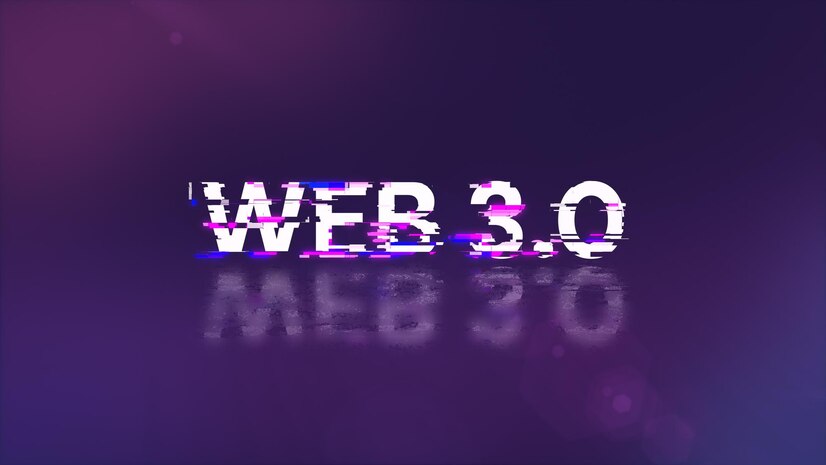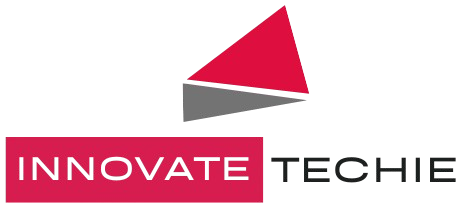Since its conception, the web has advanced significantly. The internet has changed over time, from the early days of static pages to the dynamic and interactive Web 2.0. We are currently at the cusp of a new revolution called Web 3.0, a decentralized web that will fundamentally alter the way we interact with digital places. Understanding Web3 and decentralization consequences is critical for developers and organizations preparing for this shift, especially in highly competitive areas like New York. We’ll discuss the upcoming wave of web development in this blog.

Understanding Web 3.0: The Foundation of a Decentralized Web
Web 3.0, often known as the third generation of the internet, is based on the ideas of user empowerment, transparency, and decentralization. Web 3.0 makes use of blockchain technology to disperse data over a network of computers, in contrast to Web 2.0, which stores data on centralized servers managed by a small number of organizations. This makes the web more secure and less susceptible to censorship by guaranteeing that no one entity has authority over the data.

Key Components of Web 3.0
- Blockchain Technology: The decentralized ledger known as blockchain, which tracks transactions across several computers, is the foundation of Web 3.0 Data cannot be changed or tampered with once it is recorded thanks to blockchain’s immutable nature, which boosts security.
- Smart contracts: are self-executing agreements that have the provisions of the contract explicitly encoded into the code. They function through blockchain networks, guaranteeing that agreements are automatically upheld without the need for middlemen.
- Tokens and Cryptocurrencies: Digital currencies based on blockchain technology, such as Bitcoin and Ethereum, are known as tokens. Tokens in the Web 3.0 environment can stand for a variety of concepts, such as voting rights in a decentralized autonomous organization (DAO) or ownership in a decentralized application (dApp).
- Decentralized Applications (dApps): DApps operate on blockchain networks as opposed to traditional apps, which operate on centralized servers. Because the program is not controlled by a single party, decentralization provides increased transparency and resilience to censorship.
- Decentralized Autonomous Organizations: DAOs, are groups controlled by blockchain-based smart contracts. They have decentralized leadership and a democratic and open voting method among token holders to make choices.
The Evolution from Web 1.0 to Web 3.0
To fully grasp the significance of Web 3.0’s significance, understanding how the web has evolved over time is essential.
- Web 1.0: Often referred to as the “read-only web,” the early web was informative and static. Users were mostly content consumers, and websites had little to no interaction.
- Web 2.0: The introduction of Web 2.0 elevated user-generated content and interaction. With the proliferation of social media platforms, blogs, and e-commerce websites, people could communicate, produce, and exchange content. On the other hand, centralized systems that possessed enormous volumes of user data also became more popular during this time.
- Web 3.0: By distributing power and granting users ownership of their data, Web 3.0 aims to overcome the shortcomings of Web 2.0. The way we engage with digital platforms is anticipated to change as a result of this change, with a focus on user autonomy, privacy, and security.

The Benefits of Decentralization in Web Development
Decentralization is an appealing option for companies trying to remain ahead of the curve and innovate in the web development space since it provides several benefits.
Enhanced Security
Cyberattacks and data breaches are less likely when there is decentralization. A single point of failure in a conventional centralized system can have disastrous results, as evidenced by multiple well-publicized data breaches. Because Web 3.0 distributes data over a network, it is much more difficult for bad actors to compromise the system.

Greater Transparency
The unchangeable ledger of blockchain technology guarantees that every transaction and interaction is documented and accessible to all parties involved. Because consumers may independently confirm the legitimacy of transactions and data without depending on a central authority, this transparency fosters user trust.

User Empowerment
Web 3.0 gives individual users more power over centralized enterprises. Users get more control over their digital assets, identities, and data when they use decentralized platforms. A more egalitarian and user-centered online experience is promoted by this empowerment.

Reduced Intermediary Costs
Intermediaries are no longer required for a variety of transactions, including supply chain management and financial services, thanks to smart contracts and decentralized applications. The elimination of intermediaries not only expedites procedures but also reduces expenses for both enterprises and end users.

Resistance to Censorship
No one organization has the authority to filter or manage information on a decentralized web. In areas where free speech is threatened, this resistance to censorship is especially important since it guarantees that knowledge is still available to everyone.
The Impact of Web 3.0 on Web Development
Web 3.0 is poised to transform the online development industry as it gets popularity. For developers to remain relevant in this ever changing sector, they must adjust to new technologies, paradigms, and best practices.
New Development Languages and Tools
New programming languages and tools designed specifically for decentralized applications are introduced by Web 3.0. For example, the Ethereum blockchain can be used to write smart contracts using the computer language Solidity. Before they can establish dApps and incorporate blockchain technology into their apps, developers need to become familiar with these technologies.
Decentralized Hosting and Storage
Centralized hosting companies like Google Cloud and Amazon Web Services (AWS) are essential to traditional web development. Web 3.0, on the other hand, makes use of decentralized hosting and storage platforms like Filecoin and IPFS (InterPlanetary File System). By distributing data over a network of nodes, these platforms provide security, redundancy, and censorship resistance.
Integration of Cryptocurrencies and Tokens
Tokens and cryptocurrency integration are common components of Web3.0 development. Developers need to know how to interact with blockchain wallets, smart contracts, and token standards like ERC-20 in order to facilitate payments in digital currencies and issue tokens for access to specific functionality.
User Experience in a Decentralized World
Although decentralization has many advantages, user experience (UX) is one area where it presents difficulties. For example, non-technical individuals may find it difficult to manage private keys and communicate with blockchain wallets. Developing simple and user-friendly interfaces is a top priority for web developers since it streamlines these interactions and increases Web 3.0’s accessibility for a wider range of users.
Web 3.0 Adoption: Facts, Stats, and Demographics
Globally, Web 3.0 and decentralized technology adoption is picking up speed. Businesses and developers may make wise decisions as they traverse this uncharted territory by having a thorough understanding of the current situation.
Global Web 3.0 Adoption
- Ownership of Cryptocurrencies: As of 2023, there would be over 420 million cryptocurrency users globally, according to a TripleA research. The possibilities of Web 3.0 and the increased interest in decentralized technologies are reflected in this rapid adoption.
- Usage of dApps: According to DappRadar, there will be more than 3,000 decentralized apps (dApps) running on different blockchain networks by the year 2023. With more than 2,000 dApps, Ethereum continues to be the most popular platform, followed by Polygon and Binance Smart Chain.
- Venture Capital Investment in Web 3.0 businesses: CB Insights reports that in 2022, Web 3.0 businesses secured over $30 billion in funding, demonstrating the high level of investor trust in the potential of decentralized technology.
Demographics of Web 3.0 Users
- Age: According to a 2023 Statista poll, the majority of Web 3.0 users are between the ages of 18 and 34, with 56% of them falling into this range. This group is more receptive to embracing new technology and is technologically aware.
- Geographic Distribution: Although Web 3.0 adoption is occurring worldwide, some areas are spearheading the movement. The top three regions in terms of blockchain development activity and cryptocurrency ownership are Asia-Pacific, Europe, and North America.
- Gender: Web 3.0 is drawing a more varied user base despite the historical gender disparity in the computer industry. According to a Gemini survey from 2023, 41% of cryptocurrency investors identify as women, which is a considerable increase from earlier years.
The Rise of Web 3.0 in New York
Innovation has always been centered on New York, and the emergence of Web 3.0 is no different. A increasing number of Web 3.0 developers, decentralized finance (DeFi) projects, and blockchain firms are based in the city. New York is the second-best place in the United States for blockchain-related investments, with over $5 billion coming into the space in the last year, according to a 2024 study by Crunchbase. Because of this vibrant ecosystem, New York is a great place for companies to use Web 3.0 technology. But it takes skill to navigate this complicated and quickly evolving terrain.

